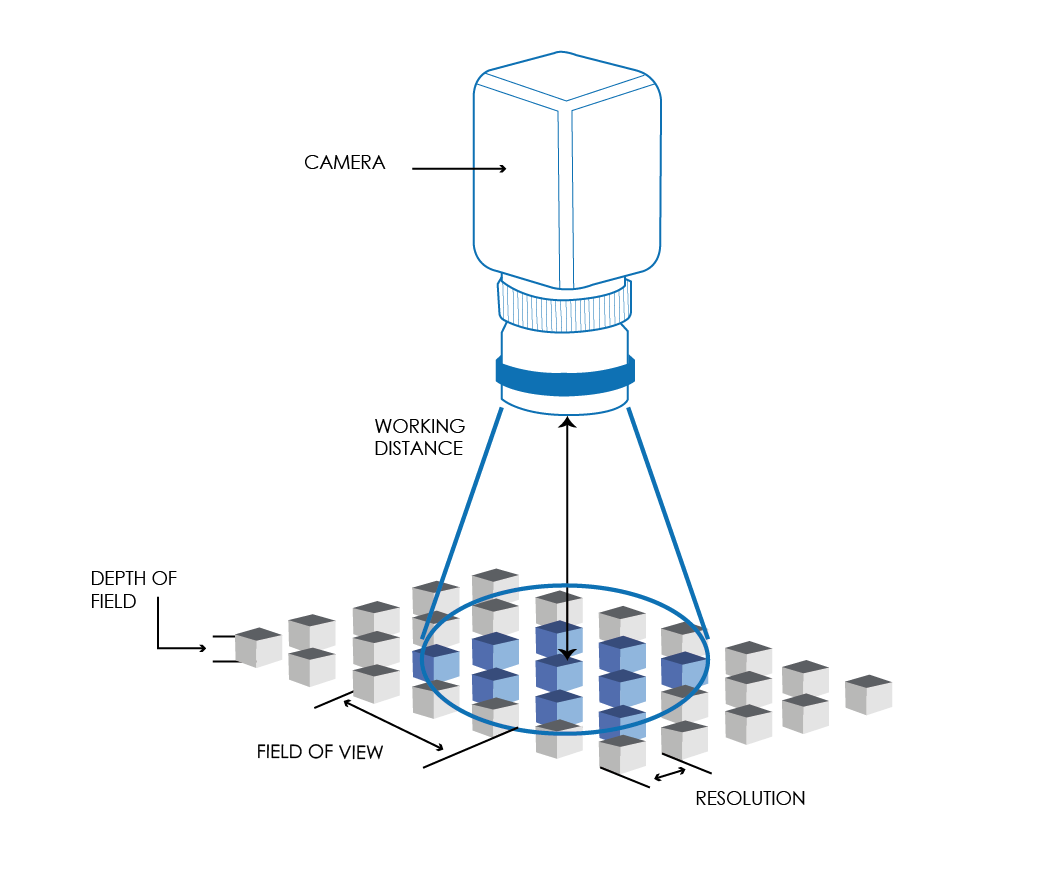

According to the Automated Imaging Association (AIA), machine vision encompasses all industrial and non-industrial applications in which a combination of hardware and software provides operational guidance to devices in the execution of their functions based on the capture and processing of images.
At INNOVATEST, we use machine vision to build high-quality automated imaging systems that solve complex hardness testing tasks reliably and consistently.
Though industrial computer vision uses many of the same algorithms and approaches as academic/educational and governmental/military applications of computer vision, constraints are different. INNOVATEST machine vision is an integrated part of our hardness testing automation and combines optical systems with refined algorithms for indent measurement, work stage overview and workpiece visualization.
We use cameras with high-speed frame rates and a variety of resolutions up to 18 megapixels, automatic indent and workspace zooming systems. Ultra Bright ringlight technology, LED panels and sophisticated optical filtering methods to refine and ultimately provide the best possible hardness measurement.
While most of the INNOVATEST hardness testing machines make use of sophisticated ultra-high resolution industrial camera systems, with LED ring light or LED panel lights, our more basic models like the FALCON 400 and 450 make use of a proven concept of a metallurgical microscope with a LED based Köhler illumination.
Köhler illumination is a method of specimen illumination used for transmitted and reflected light (trans- and epi-illuminated) optical microscopy. It generates an even illumination of the sample and ensures that an image of the illumination source – for example in the early days a halogen lamp and nowadays LED lamp filament, is not visible in the resulting image.
Köhler illumination is the predominant technique for sample illumination in modern scientific light microscopy. It requires additional optical elements which are more expensive and may not be present in more basic light microscopes.

Talk to our experts to understand the full scope of our hardness testers and how our cutting-edge automated imaging systems can help optimize your production and ensure quality and consistency.